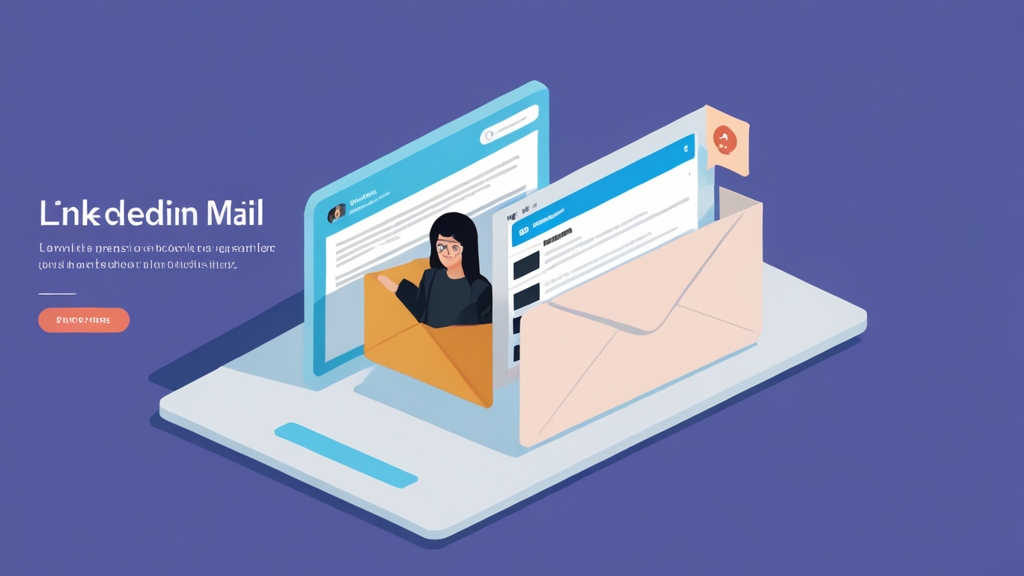How to Write a LinkedIn Cold Email That Gets a Response
Crafting effective LinkedIn cold emails is crucial for networking, lead generation, and career advancement. This guide focuses on personalizing your outreach to make a genuine connection and increase your response rate. We’ll cover essential elements, from crafting a compelling subject line to writing a personalized message that resonates with your target audience.
Table of Contents:
- Crafting the Perfect Subject Line
- Personalize Your Message: Research and Relevance
- Creating a Clear Call to Action (CTA)
- Follow Up Strategically: Persistence with Respect
Crafting the Perfect Subject Line
Your subject line is the first, and often only, chance to grab someone’s attention. A generic or clickbait-y subject line will likely get your email sent straight to the trash. The key is to be concise, intriguing, and relevant. Personalization is key, even in the subject line.
- Keep it short: Aim for under 50 characters.
- Intrigue, don’t mislead: Hint at the value you offer.
- Personalize when possible: Mention a mutual connection or shared interest.
Personalize Your Message: Research and Relevance
Personalization is paramount. A generic message screams “mass email” and will be ignored. Before reaching out, thoroughly research the person’s profile, company, and recent activity. Find common ground or something specific you can reference to show you’ve done your homework.
- Research their profile: Look for shared interests, skills, or past experiences.
- Check their activity: Have they posted or commented on something relevant to your industry?
- Understand their company: What are their recent achievements or challenges?
Creating a Clear Call to Action (CTA)
Your email should have a clear and concise call to action (CTA). What do you want the recipient to do after reading your message? Make it easy for them to take the next step. Avoid vague or overly demanding requests.
- Be specific: Instead of “Let’s connect,” try “Would you be open to a brief chat about [Topic]?”
- Make it easy: Provide a link to your calendar or a suggested time for a call.
- Keep it low-pressure: Don’t demand too much of their time or attention upfront.
Follow Up Strategically: Persistence with Respect
Not everyone will respond to your initial email. A strategic follow-up can significantly increase your chances of getting a response. However, it’s crucial to be persistent without being pushy or annoying. Respect their time and avoid bombarding them with messages.
- Wait a few days: Give them a reasonable amount of time to respond before following up. 3-5 business days is generally a good timeframe.
- Add value: Your follow-up should offer something new, such as a relevant article or resource. Don’t just repeat your initial message.
- Keep it brief: A short, polite reminder is all that’s needed.
